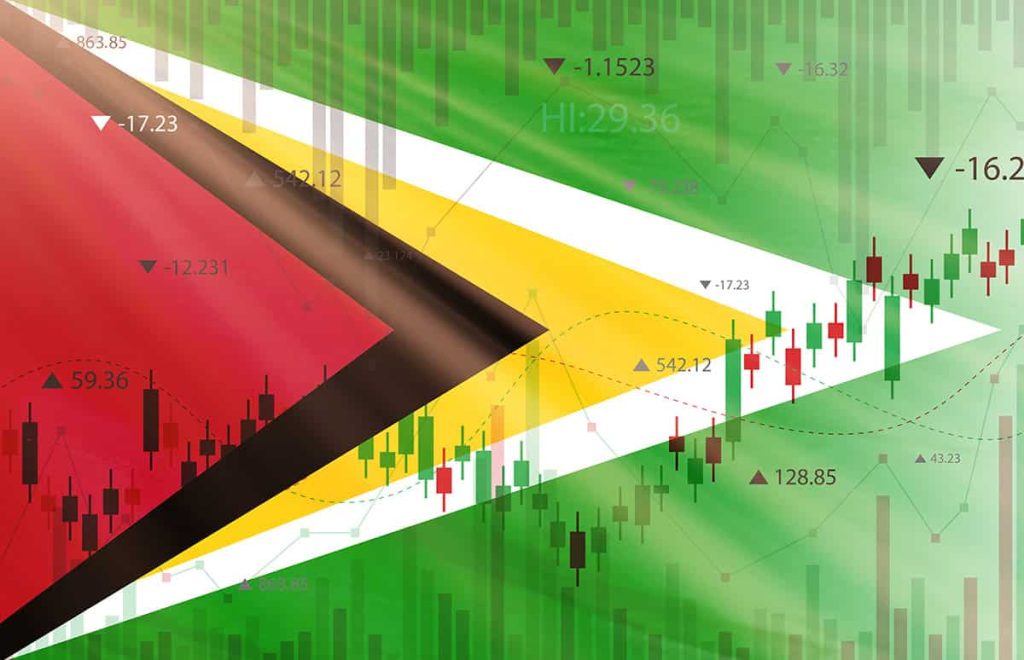Once considered the forgotten country of South America due to historically low levels of trade activity and remote geography, Guyana has emerged over the past two years as the world’s fastest-growing economy. And it looks set to continue to grow at an impressive rate in the coming years.
Thanks to rapid growth in oil production and rising export margins, Guyana’s GDP grew by a staggering 38% in 2023. This follows an even stronger growth of 63% in 2022 as Guyana’s economy began to raise its profile on the world stage.
The fortunes of the country of 800,000 began to change in 2015 when ExxonMobil announced the discovery of the Lisa 1 well, a huge oil and gas field off Guyana’s Atlantic coast. Impressed by the potential of the field, the Houston giant, in partnership with the local government and companies such as Hess Guyana Exploration and CNOOC Petroleum Guyana, focused on exploring a larger region known as the Stabroek block.
Drilling to depths of up to 18,000 feet below sea level, the consortium discovered several other major oil and gas discoveries, significantly increasing projected production in the region. “The Stabroek block has the potential to be one of the most unprecedented exploration blocks of all time,” says Schreiner Parker, senior vice president and head of Latin America and the Caribbean at Rystad Energy, an energy research company.
As oil prices surged in the wake of the Covid-19 pandemic and the US and Europe sought alternatives to Middle Eastern and Venezuelan oil, Guyana’s economy boomed thanks to the discovery of the Lisa 1 oil well, with growth averaging above 40% per year since 2020.
Looking ahead, global research firm BMI expects the combination of further oil discoveries, rising production and high geopolitical tensions to lead to Guyana’s GDP continuing to grow by 115% by 2028, the fastest in the world. This poses the long-awaited challenge of turning the country’s newfound oil wealth into sustainable progress for its people. However, achieving this goal will mean avoiding “Dutch disease”: the tendency of a boom in one commodity to suppress the development of a country’s other resources due to an overall rise in domestic prices.


